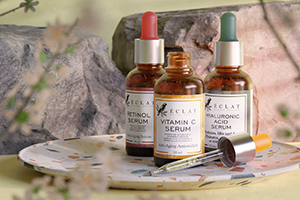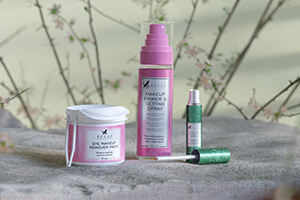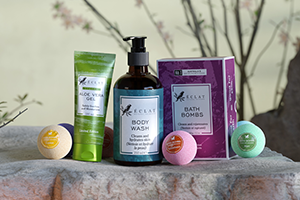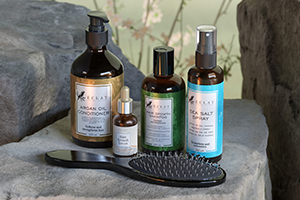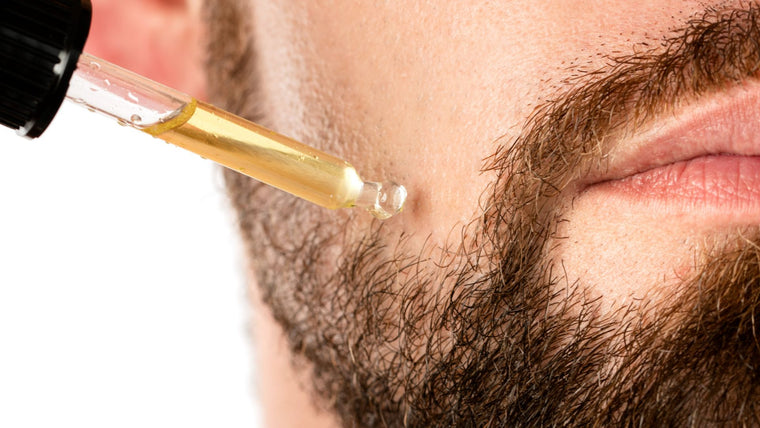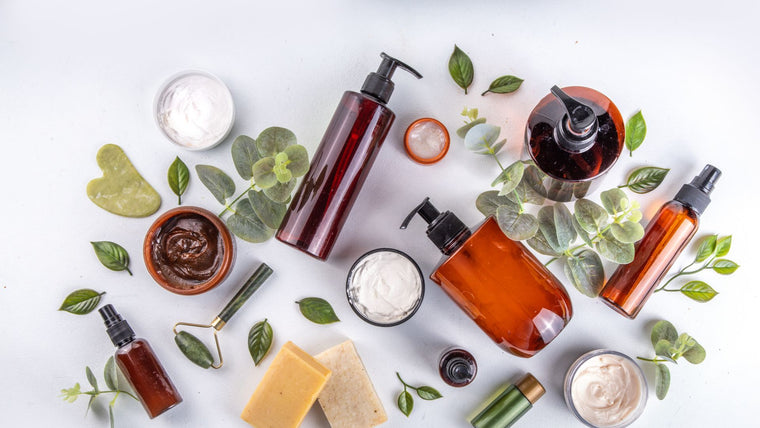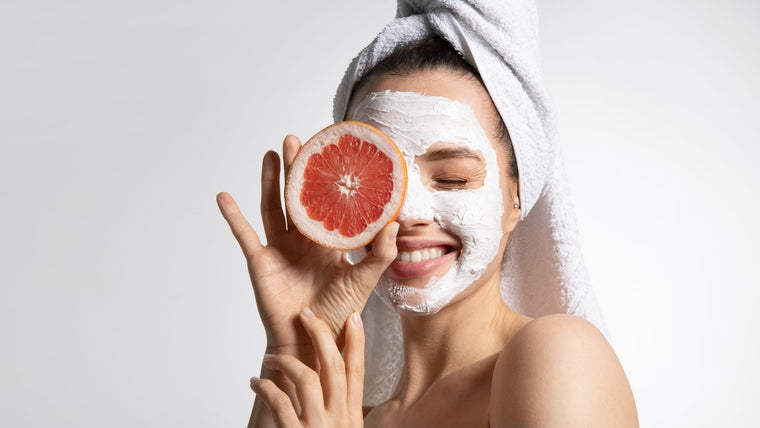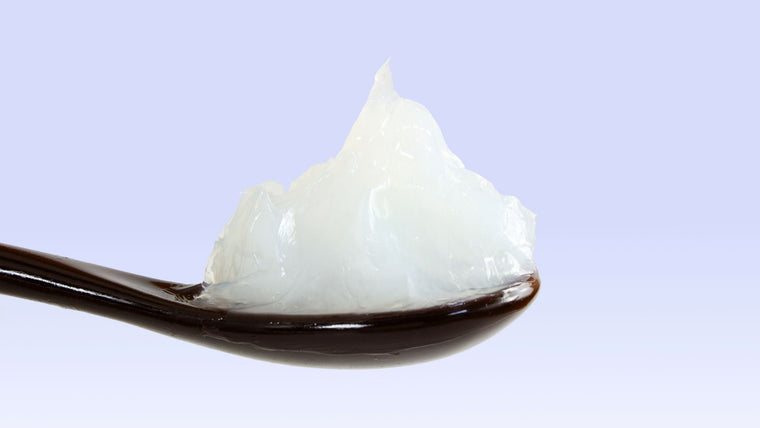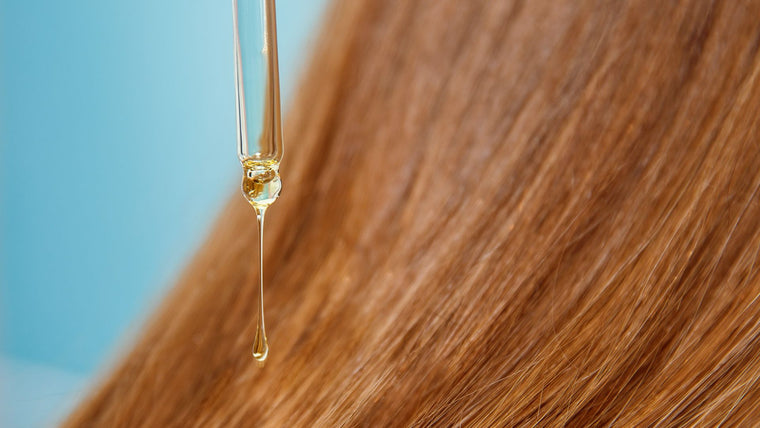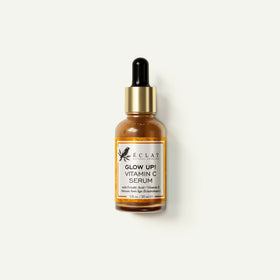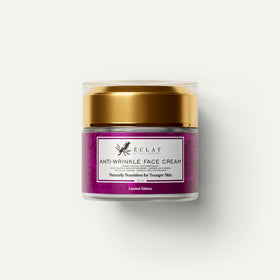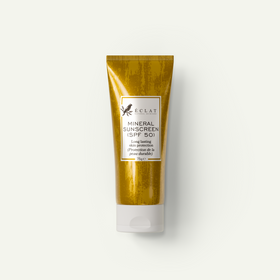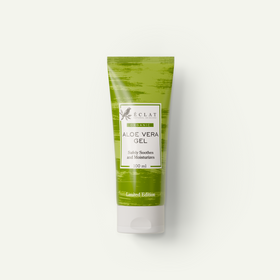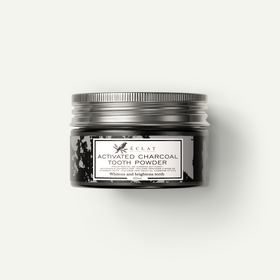Yes, Eye Cream Is Important. Here's How To Use It
- 21/07/2023
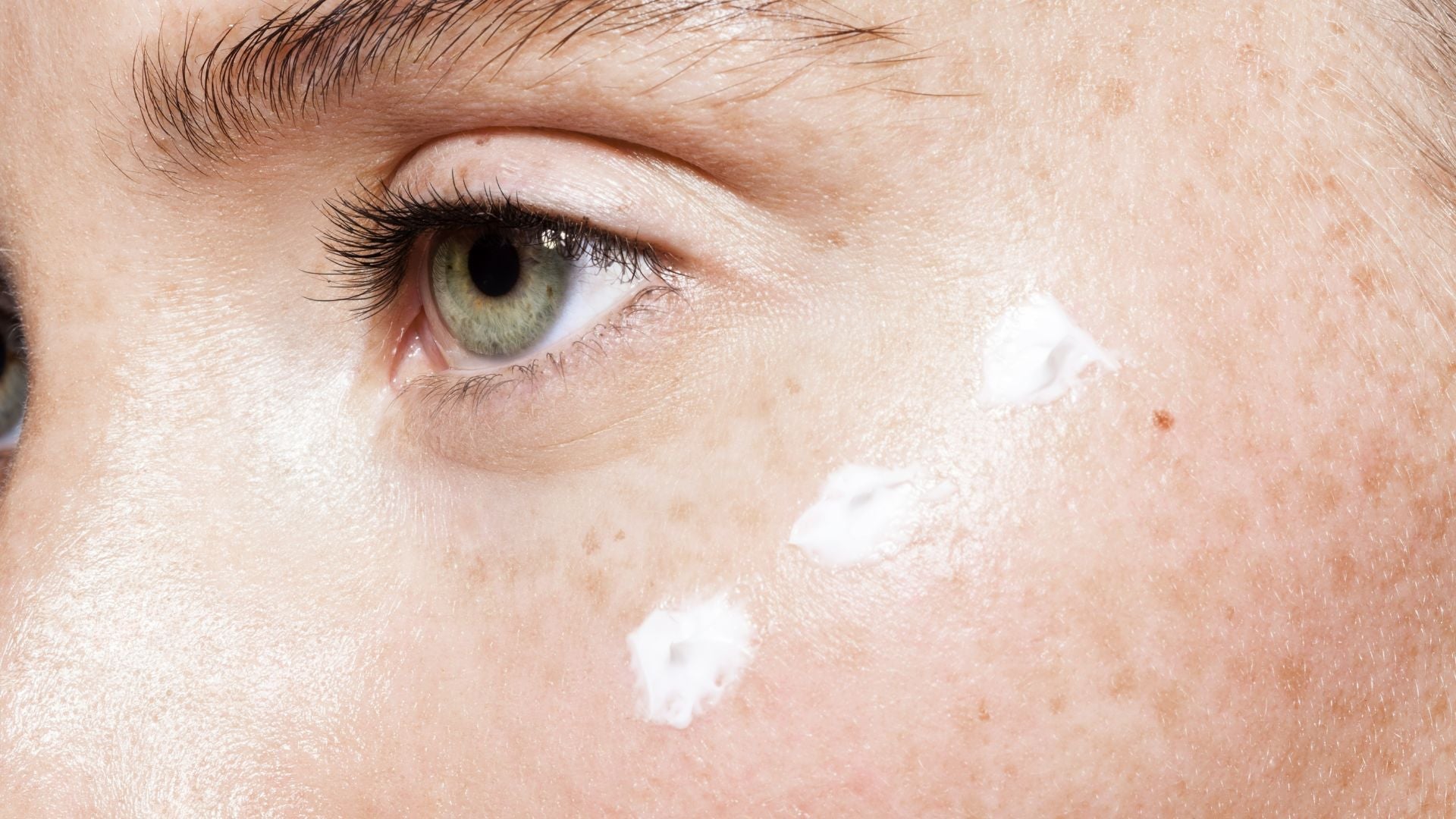
What's that saying, "the eyes are the windows to the soul"? Well, we don't know about that, but the eyes are often considered the most noticeable facial feature, and we love that they contribute to what makes us all unique. Another thing (and, sadly, a not-so-great one) about eyes: They're also the first area of the face that starts to show signs of aging.
Whether you've noticed the beginnings of fine lines on your face, or just want to prevent the formation of crow's feet and dark circles, a solid eye cream is your ticket to softer wrinkles, enhanced brightening, and younger-looking eyes.
If you're like us, you're probably guilty of focussing your skin efforts on the rest of your face while neglecting the eye area. After all, if your moisturizer and vitamin C serum tackle the same skin concerns that also affect your eyes, then using them around the eye area will help to achieve the same results, right?

While this may technically be true, eye creams still are a better choice as they're formulated to tackle eye-specific skin concerns like puffiness, dark spots, and wrinkles—and they achieve these results faster than skin care products made for the rest of your face.
If you're wanting to add an eye cream to your beauty regime, then keep on reading. We're about to break down the benefits of using an eye cream, and why it'll quickly become a skincare staple for you.
What is eye cream?
You may be asking yourself—isn't eye cream just a glorified moisturizer with a heftier price tag? This common misconception has probably led more than one skincare addict down the rabbit hole of moisturizer vs. eye cream, and they've probably come out the other side more confused than ever—because the distinctions are subtle, but they make a difference.
So what are these subtle differences, and do they actually matter?
Texture
Eye creams differ from moisturizers in a few ways, mainly in texture. Everyday moisturizers tend to be lightweight. Since they are key players in skincare and makeup routines (especially where other products are layered on after moisturizing), they need to be lighter in texture to fully absorb into skin.
Eye creams are usually thicker in consistency, as their primary duty is nourishing the delicate skin around the eye area. You may now be wondering, what makes them thicker?

This difference in texture and feel is down to ingredients. Because eye cream contains more oils and active ingredients that are targeted at specific eye concerns, it tends to be thicker. The delicate skin around the eyes has fewer pores, so it can handle heavier, oilier products that would otherwise clog pores in other areas of the face like the T-zone and chin.
That's why most eye creams feel heavier than regular moisturizers. Texture is also important to keep in mind when adding an eye cream as a step in your regular routine, but we'll get to that later.
Ingredients
As we mentioned above, eye cream tends to have more active ingredients than day creams and everyday facial lotions as all of its efforts go into targeting eye-specific issues. That being said, you'll often see the same ingredients in moisturizers as you do in eye creams, but eye creams usually have higher concentrations of these ingredients, which makes them more potent and hard-working.
Read on to find out which ingredients to look for in an eye cream when it comes to your skin's texture and problem areas.
The benefits of eye cream
All eye creams target the same area (duh!), but they can do different things depending on the active ingredients they have and which results you're after. Below, you'll find some of most popular types of eye creams and the key ingredients you'll want to look for when it comes to tackling the eye area.
Hydrating
If dry skin and flakiness are typical skin concerns for you, then you'll want to look for a cream that majors in hydration. A good place to start is one with hydrating ingredients like hyaluronic acid at the very top of its INCI list.
HA is a common ingredient in eye creams and moisturizers alike due to its unique ability to retain water. It's a humectant, so it draws moisture from the air and pulls it down to the skin's deepest layers, locking in that all-important moisture that delicate eye skin needs to flourish. This helps to reduce puffiness.
Anti-aging
We know that most eye creams have at least some anti-aging benefits, but there are a few out there that really take anti-aging seriously, and they often have one ingredient in common: peptides!

You may have heard this term through the beauty grapevine but not be familiar with it. Peptides are strings of amino acids, and your body already makes these naturally (and they're the building blocks of collagen, too!).
As we age, our body slows down its peptide production, which results in classic signs of aging around the eyes, including sagging skin, puffiness, and much-dreaded fine lines.
There are many types of peptides, but they all work in the same way: by mimicking the lost amino acids we need to rebuild necessary proteins like collagen and elastin. For serious anti-aging action, you'll want to keep your eye out for a cream with more than one type of peptide. This type of formula will target multiple concerns at once, like combating eye wrinkles and pigmentation.
Due to their molecular nature, you're more likely to see peptides in serums than in creams as they hold up better in these more fluid types of emulsions (while we're on the topic, why not try our peptide-powered Eye Serum?).
One honorable mention we had to include in this list is vitamin E! This healing nutrient is a superstar when it comes to reducing fine lines and wrinkles, all thanks to its collagen-boosting benefits. It's able encourage the production of new collagen in the delicate eye area. When paired with moisture-locking ingredients like hyaluronic acid, it really shines.
Brightening
If you're tired of dark circles and puffiness that just won't go away, a brightening eye cream is in your future! And most brightening eye creams have one key ingredient in common: Retinol.
Yep, that's right. Retinol (or any vitamin A derivative, actually) can help to boost cell turnover via gentle exfoliation. This results in the the fading of dark under-eye circles and age spots, especially with continued use. Another benefit of retinol is its ability to reduce the appearance of fine lines and deep-set wrinkles. If you're not familiar with how retinols work, you can check out our guide to retinols here.

Eye creams can also contain vitamin C, otherwise known as asorbic acid. Vitamin C is renowned for its brightening effects. Once you're applying eye cream to the dark circles under the eye area, you will notice an improvement in appearance.
How to apply eye cream
So, how do you use an eye cream? While it's pretty straightforward, there are a few tips to follow in order to get the most out of your eye cream. You'll want to use it as one of the last steps in your routine, and make sure to remove all traces of makeup and cleanse the skin beforehand.
Step 1: Use and apply the right amount of eye cream. As these formulas tend to be heavier, you don't need a lot of cream to get the results you want. A pea-sized amount, applied in small dots, should do the trick. You can always apply more if you need it!
Step 2: Use your ring finger. This step is important, as your ring finger is naturally your weakest one. This means that it'll provide just the right amount of gentle pressure to apply the cream to the delicate skin around the eyes. It'll also help to stimulate the blood vessels around the eye, boosting collagen. That's a major plus if you suffer from puffiness!

Step 3: Apply eye cream correctly using gentle motions. The best strategy is to gently tap the cream on, by applying eye cream starting from the inner corner of the eye, then moving all the way around the orbital bone, up to the brow bone. The orbital bone is the bone in which the eye sits, and the skin surrounding it is where signs of aging eye will crop up first, so don't forget this important step!
Step 4: Finally, you'll want to be consistent. As with most facial products, you won't see effects overnight. For best results, we recommend using applying eye cream in the morning and night to speed up the youth-enhancing action.
Choosing the right eye cream
Now that we've covered the basics, it's time to choose an eye cream to add to your skincare routine. As mentioned above, the skin around your eyes is where signs of aging first start to show, so it's important to find the right product for your skin.
With various types of eye creams available, with seemingly endless offerings from seemingly endless brands, choosing the right cream can be a little overwhelming. The easiest place to start is by identifying the problems you want to tackle first.

We're not ones to brag, but our Éclat Eye Cream is prettty great. It's a triple-threat formula that delivers hydration, anti-aging power, and brightening all at once.
Its star ingredients include vitamin E (for all those collagen-boosting benefits), hyaluronic acid and squalane (to increase skin hydration and elasticity). Oh, and we almost forgot to mention its brightening blend of botanical extracts, like purslane and seaweed. The formula is also 100% vegan.
Our cream excels when it comes to filling fine lines and crow's feet, fading dark circles and age spots, and boosting skin radiance. Why not pair it with our Anti-Wrinkle Face Cream for full anti-aging action
Recommended Products


